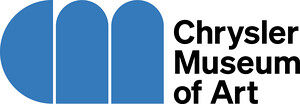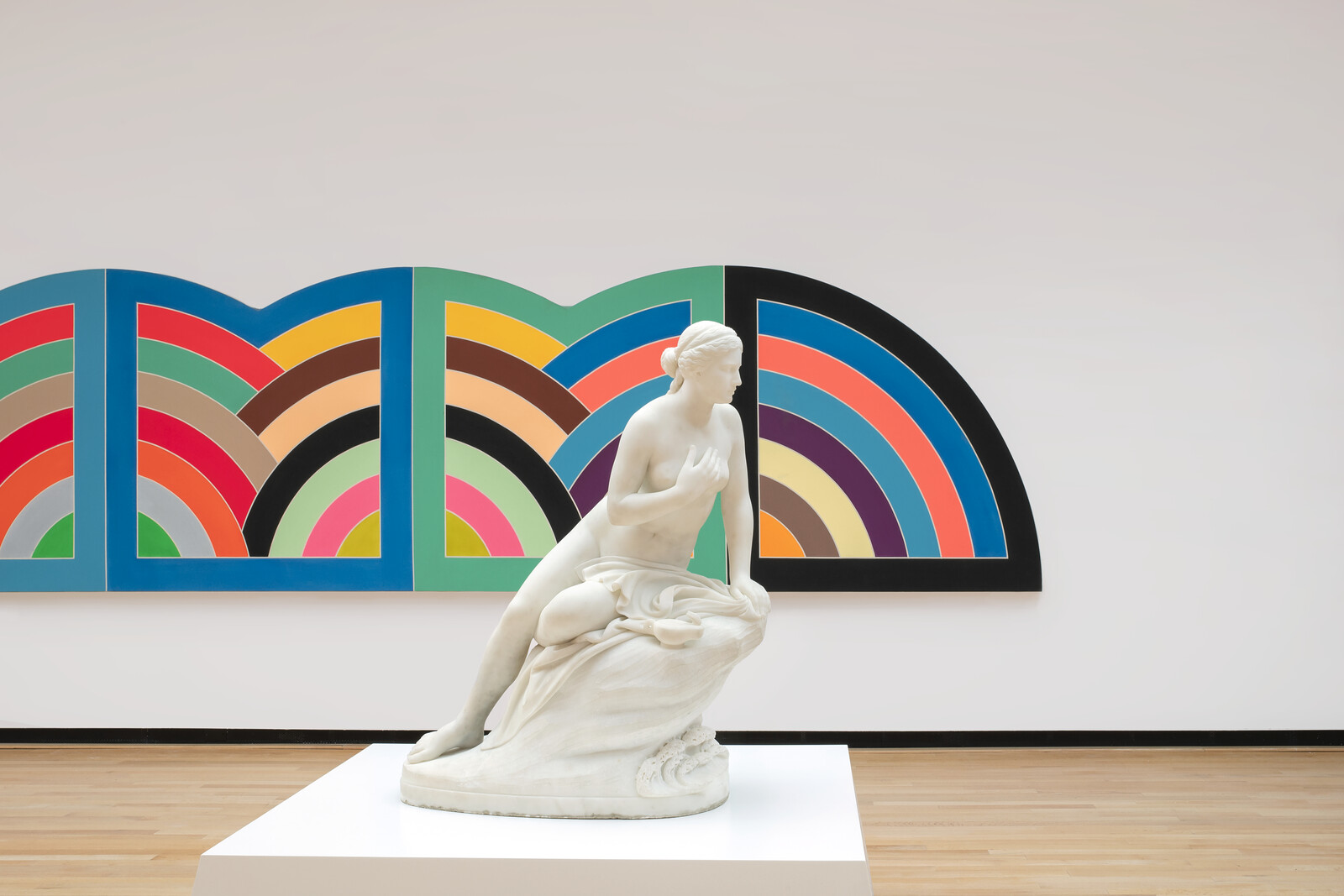June 3, 2024
One Memorial Place
Norfolk, Virginia 23510
USA
Hours: Tuesday–Saturday 10am–5pm,
Sunday 12–5pm
T +1 757 664 6200
museum@chrysler.org
The Chrysler Museum is pleased to present a new vision for its McKinnon Galleries for the permanent collection of modern and contemporary art. Collections are intrinsically tied to the identity of their institutions with a heightened awareness of how these spaces are presented to the public. The onset of the global pandemic abruptly halted exhibition planning and compelled temporary closures—an eye opener for many museums. In addition to the potential for disruption, external drivers such as rising costs associated with all aspects of exhibition-making, awareness of carbon footprint, and demands for increased representation in collections have inspired a deeper appreciation for the treasures at home. A re-investment in our collections reflects a look inwards, and in tandem with a new brand, the process has our institution considering what values we wish to uphold as we look to the future.
Our galleries are a place to find art and its representative ideas. To better communicate with our audiences, we understand the importance of offering some self-directed tools for looking. “Palimpsest” became a conceptual approach, aimed to signal that there are multiple interpretative layers behind every work, from formal aesthetics, to concepts and systems, as well as historical context that allows us to temporally position the production and connect it to broader styles or movements. A palimpsest commonly refers to manuscripts with overlapping or in-margin texts of successive scribes, or archaeological sites that reveal eras of lived experience. The concept helps articulate how contemporary narratives overwrite the past, without necessarily erasing it. Conversations evolve over time, much like the field of art history, and museums are often where these discourses take place.
The current grouping creates a unique exchange, directing us to consider one work in relation to those surrounding it. As objects in the gallery rotate, new connections are drawn that can add to our understanding. To reinforce the notion that art history is a continuous dialogue, pairing modern works such as Frank Stella’s painting, Manteneia II (1968) with William Henry Rinehart’s marble sculpture of Hero (1874), compels a closer look to find connections. Both artists found inspiration from the ancient world, Stella examining the circular planned towns across Asia Minor, and Rinehart drawing from a Greek mythological tale. But more interesting is how each artist used (or did not use) color. Stella composes with color, and Rinehart assimilates a 19th-century standard of pure white marble, unaware of or disregarding the fact that ancient Greek sculpture was polychromatic. In a room full of works celebrating color as form, the single white marble stands out to question the notion of whiteness as an ideal, how aesthetics shift over time, and how artists draw from both the past as well as their contemporary moment.
To present a broad range of artistic production, the collection endeavors to be non-hierarchical with media of all scale displayed with equal gravitas. Whenever a work of art is displayed, the process of selection privileges one voice over another. In this first iteration, works that had not been on view in a while were sought, with a particular emphasis on women and artists of color. It is the hope that visitors enjoy making new discoveries and stay tuned to see how the conversation evolves.
The presentation of the modern and contemporary collection is curated by Chelsea Pierce, PhD, McKinnon Curator of Modern and Contemporary Art with research assistance by Nyree Dowdy, Art Bridges Curatorial Fellow.
About the Chrysler Museum of Art
The Chrysler Museum of Art brings art and people together through experiences that delight, inform, and inspire. Internationally recognized for its collection of more than 30,000 objects, including one the largest glass collections in America, the Museum is free and features the state-of-the-art Perry Glass Studio, a full-service restaurant, shop, theater, works on paper space, and oversees the historic Myers House. The Museum boasts an ambitious schedule of exhibitions, events, and programs, and has been nationally recognized for its commitment to inclusion through its innovative gallery host program.





